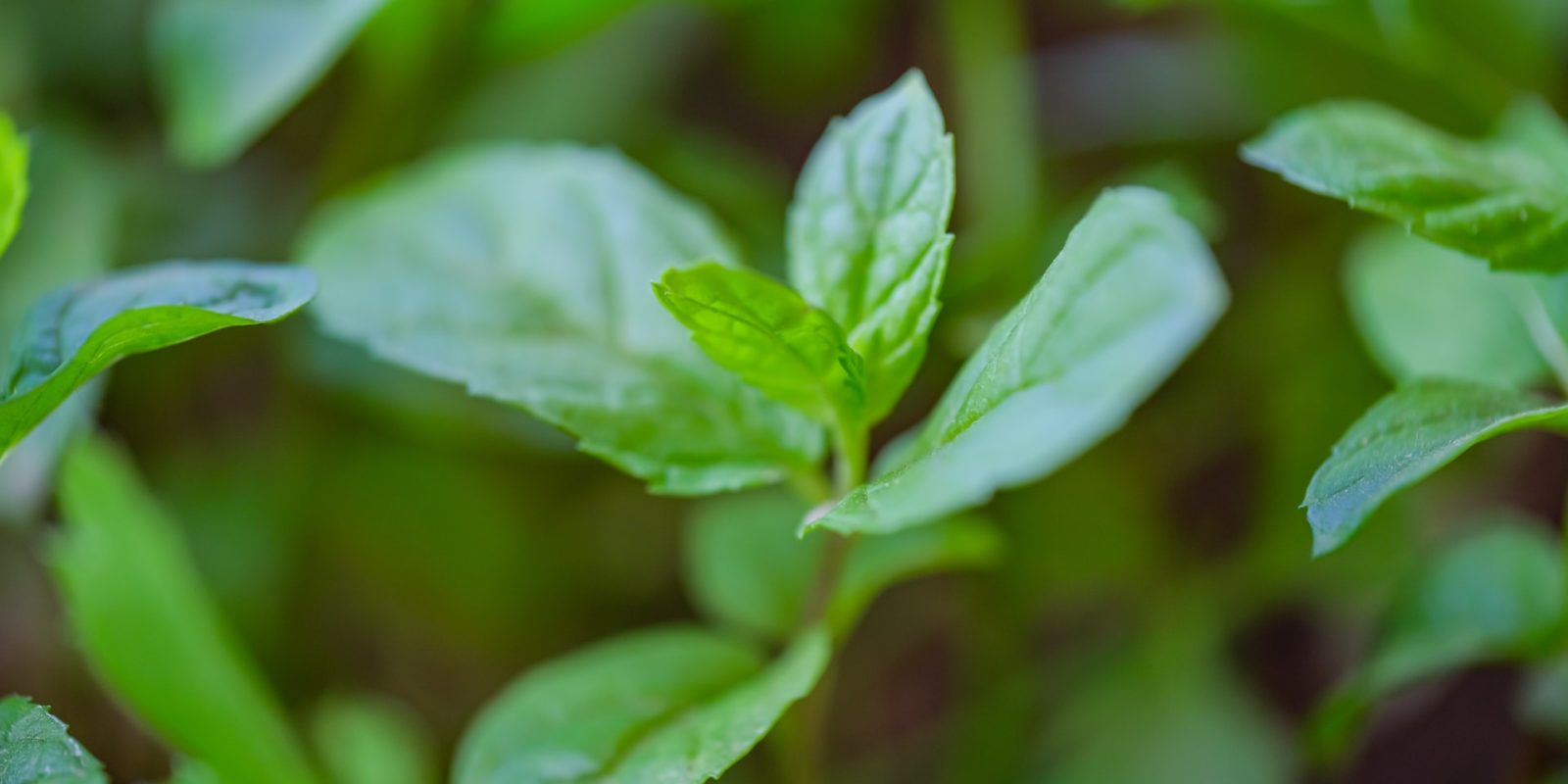Growing peppermint indoors is a great way to enjoy the delicious taste of this herb all year round. Whether you are an experienced gardener or a beginner, this guide will provide you with everything you need to know to successfully grow your own peppermint indoors. With the right care and attention, you can have fresh homegrown peppermint in as little as two months.
Plant Requirements
Growing peppermint indoors is a great way to have access to this flavorful herb all year round. There are a few key factors you need to consider if you want your peppermint plants to thrive. Knowing how much sunlight, water, and fertiliser your peppermint needs will help create the perfect environment for it to flourish in your home. With proper care, you can have an abundance of fresh peppermint at your fingertips whenever you need it!
Choosing a Container
Growing your own peppermint indoors is a great way to add flavour to your meals, drinks and snacks without having to venture outside or buy from the store. With the right environment, minimal effort and basic equipment, you can have fresh peppermint year-round. Whether you’re a gardening novice or an experienced green thumb, this article will provide you with all the information you need to successfully grow peppermint indoors.
Planting and Care
Gardening can be an enjoyable hobby, especially when you have the convenience of growing your plants indoors. Growing peppermint indoors is simple and rewarding – not to mention fragrant! Peppermint is a versatile herb that you can use for both culinary and medicinal purposes. Its hardy nature makes it an ideal plant for indoor growing, as it tolerates low light and dry air.
Fertilising and Pests
Growing peppermint indoors is a great way to have easy access to fresh peppermint leaves for teas and recipes. Not only is peppermint easy to grow indoors, it can also bring a wonderful fragrance and flavour to your home or workspace. Whether you’re growing peppermint in containers or using hydroponics, it’s an excellent choice of herb for those who want the convenience of having it on hand.
Crop Maintenance
Growing peppermint indoors can be a great way to add flavour and fragrance to your home. It is a hardy and versatile herb that can be used for culinary and medicinal purposes, as well as in crafts and DIY projects. Peppermint thrives under the right conditions, including adequate light, temperature and moisture. With minimal effort, you can learn how to grow peppermint indoors so you can enjoy its many benefits all year round.
Conclusion: Enjoy Your Peppermint!
Peppermint is an aromatic herb that can easily be grown indoors. Not only does it add a pleasant aroma to any space, but it also has a myriad of uses in both cooking and home remedies. Growing peppermint indoors requires minimal effort and can be done year-round, allowing you to enjoy the refreshing flavour without ever having to step foot outdoors. With just a few simple tips, anyone can learn how to cultivate their own peppermint plant right at home!







